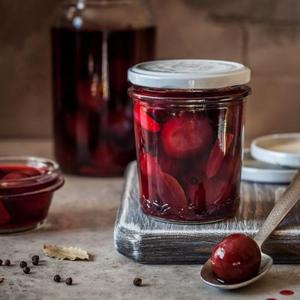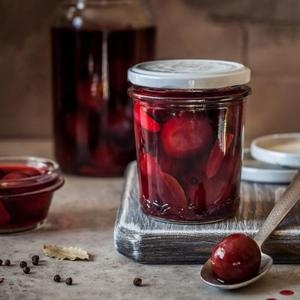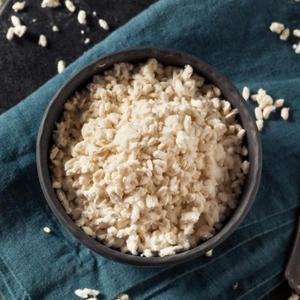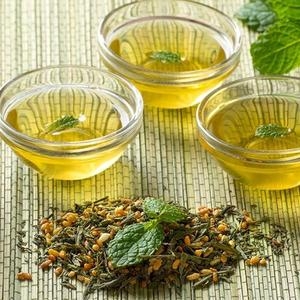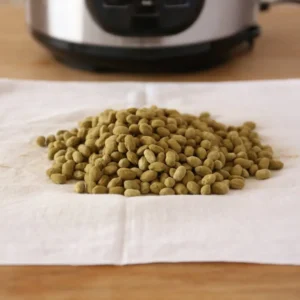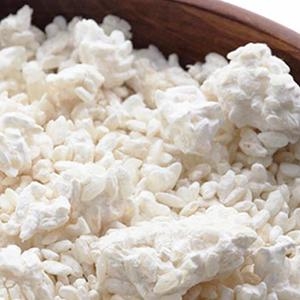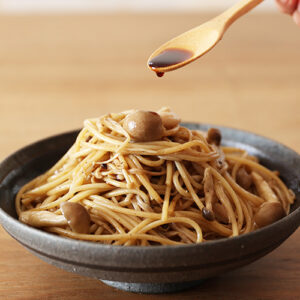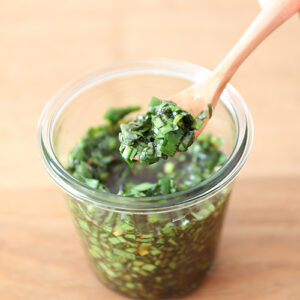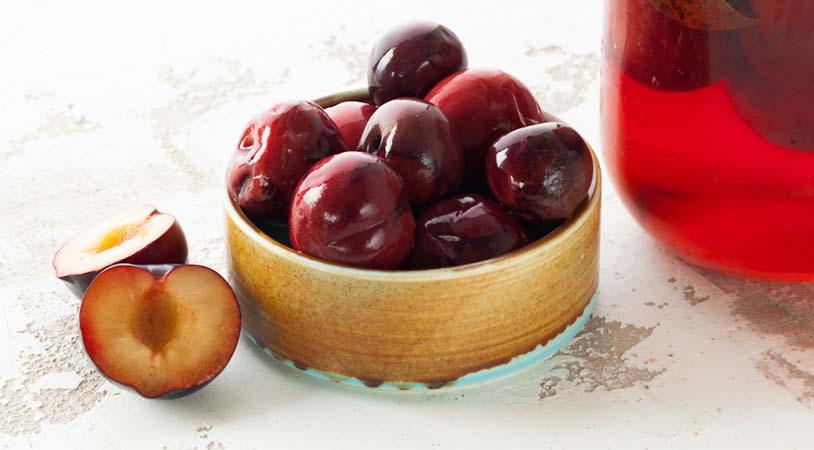
Umeboshi vinegar or Ume plum vinegar is no stranger in Japanese cooking. Its exceptional taste and universal uses have garnered many interests. Here we introduce briefly what umeboshi vinegar is, the health benefits obtained by taking plum vinegar, ways you can incorporate this in your everyday life and recipes you might like to try out today!
 Content List
Content List
- What is Umeboshi Vinegar
- Health Benefits of Umeboshi Vinegar
- Red and White Umeboshi Vinegar: What’s their difference?
- How to Make Umeboshi Vinegar
- How to Store Umeboshi Vinegar
- Various Ways to Use Umeboshi Vinegar
- Umeboshi Vinegar Recipes
- Umeboshi Vinegar Substitute
- Umeboshi Vinegar FAQ
- Recommended Products
What is Umeboshi?
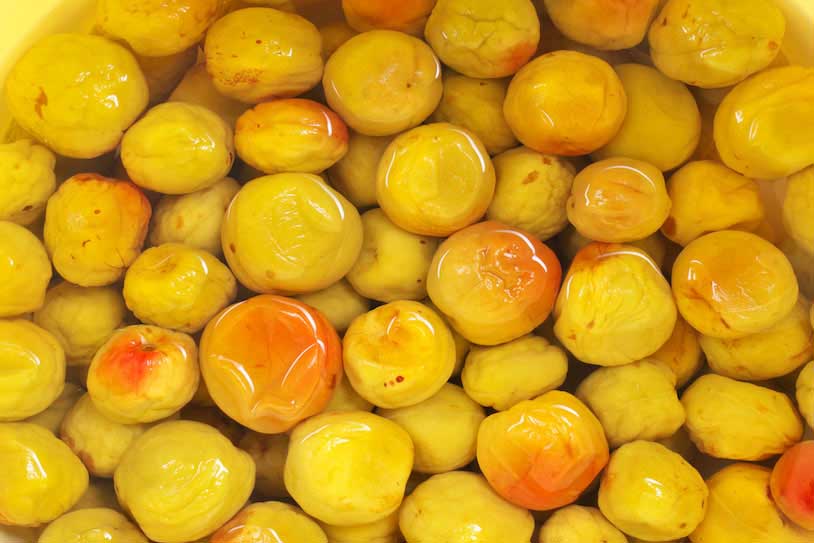
Ume Plum Vinegar (梅酢) is the juice extracted when making umeboshi. Ume is plums, an Asian fruit similar to the apricot; umeboshi is “dried ume” or “dried plum”- a long-standing pickled plum fruit in Japan. The ume plum is a Japanese fruit used most often as a condiment, which is referred to as umeboshi plums.
Made from umeboshi and shiso leaves, this fruity vinegar is often found in Japanese dishes for its lovely tart, fresh flavour to salad dressings, pickles, vinegared rice, beverages, steamed vegetables, dips, sauces, and food spreads. It can also be creatively applied to vegan dishes or bringing your taste to the plate. The possibilities are endless!
The pickling liquid, which is now umeboshi vinegar, or ume-su as it’s called in Japanese, is a fabulous flavorful vinegar for vinaigrettes.
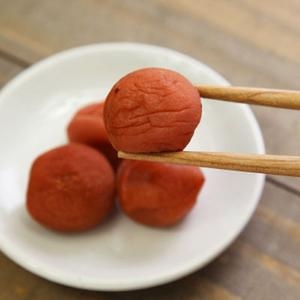
Health Benefits of Umeboshi Vinegar
Born by natural fermentation, plum vinegar is rich in organic acids such as citric acid, malic acid, polyphenol and more. Due to its abundance of nutrients, no wonder people from all over the world are pivoting towards umeboshi vinegar.
One of the efficacy of umeboshi vinegar is the prevention of food poisoning. Plum vinegar contains about 20% salt and about 4% citric acid. Thus, the combination of both have a strong bactericidal effect and to ward off food poisoning.
The polyphenols contained in plum vinegar is a scintillating element. First, it has antiviral effects towards influenza virus, cold labialis, polio, hand-foot-and-mouth disease, and norovirus. Next, anti-inflammatory effects especially towards chronic inflammation.
The myriad of antioxidant ingredients such as “polyphenol”, “vitamin E”, and “plum lignan” helps to slow down aging as well as suppressing or repairing DNA mutations that lead to the development of cancer.
Finally, plum extract not only reduces LDL cholesterol level in the blood (arteriosclerosis caused by fat in the blood), it also helps to improve blood flow, thereby suppressing hypertension and rising blood pressure.
Red and White Umeboshi Vinegar: What’s their difference?
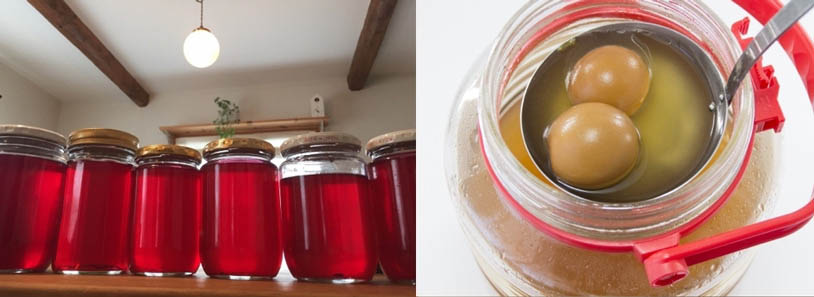
There are two types of plum vinegar, “white umezu” and “red umezu”. The white plum vinegar is the first batch of vinegar that emerges from pickled umeboshi (plums) whereas the “red umezu” is red vinegar with its colors deriving from red perilla leaves.
White plum vinegar is perfect when you want a subtle scent of plums whose colour and taste will not overpower the dish. The simple flavor combination of plums and salt makes it an easy condiment for pairing.
Red plum vinegar contains the scent and ingredients of red perilla. It is believed that red plum vinegar is more nutritious due to the high medicinal properties of red perilla. The red vinegar is fruity and salty. It makes for a perfect salad dressing, or a nice base ingredient to experiment with in the kitchen. It also is an important ingredient for making Japanese pickles such as pickled radish or sakura. Try the unique sour, yet fresh flavor for yourself!
How to Make Umeboshi Vinegar
Plum vinegar or umeboshi vinegar is made by pickling plums in salt. Therefore, to extract the vinegar from the plums, we’ll first need to know how to make umeboshi.
By combining the main ingredients of ripe plums (yellow coloured plums), coarse sea salt and crumpled red shiso or perilla leaves, homemade plum vinegar is within reach. First, put plums and salt in alternate motion until it fills the container. Next, cover it with a weight and leave it until the plum vinegar starts to surface. Drying the umeboshi is optional, so we reckon these steps are easy to follow!
As mentioned earlier, white plum vinegar and red plum vinegar differs by the element of red perilla. Although these steps may sound tedious, it is still rather reasonable as compared to homemade fermented foods such as miso and soy sauce which takes longer time and effort.
Read our article on ‘how to make umeboshi’ for that exceptional fruity scent of homemade plum vinegar!
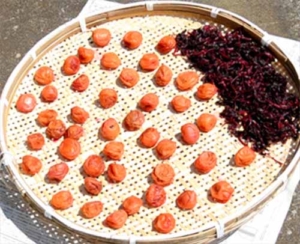
How to Store Umeboshi Vinegar
Important points:
• Avoid direct sunlight.
• Using coarse sea salt is advised.
• For plum vinegar pickled with 20% of salt, it can be stored at room temperature.
• It is safe to store commercial plum vinegar with lower salt content in the refrigerator.
• Avoid metal and plastic storage containers as they may easily erode by the acid.
Various Ways to Use Umeboshi Vinegar
Plum vinegar is not only limited to be used in food dishes, but it is also very versatile and applicable in our daily lives.
5 Ways:
1. Gargling with Plum Vinegar
Gargling with Plum Vinegar is a natural remedy to soothe a sore throat. It may also help kill harmful microbes in the throat. Gargle with diluted plum vinegar for about 10 times.
Swallowing it causes no harm, so it is safe for pregnant women and small children.

2. Plum Vinegar Spray
For those who are always on the go, you can carry this diluted solution of plum vinegar spray in your carry on. Use it whenever your throat is irritated or instances when you don’t want to catch a cold.
The contents are made from natural ingredients with no preservatives, therefore it’s advised to use the product up as soon as possible. Use it when your throat is irritated or you don’t want to catch a cold.
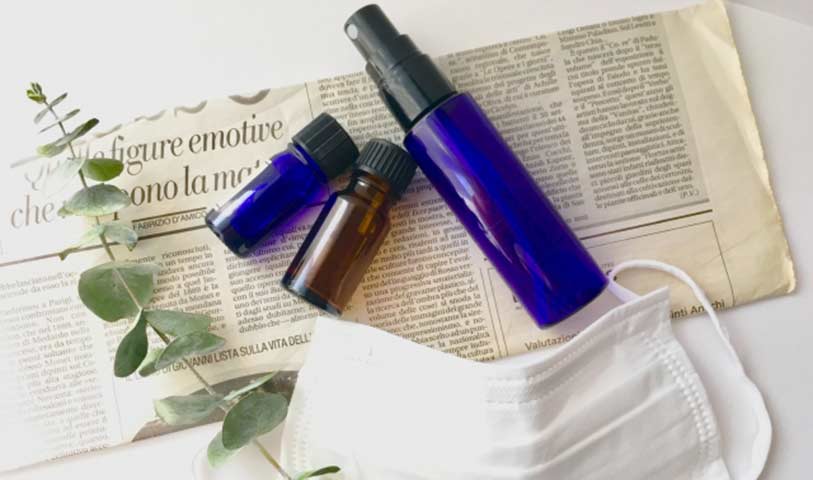
3. Disinfecting cutting boards
Those of who frequently handle fish or visit the cutting board can resonate with me that it can smell from time to time.
Sprinkle plum vinegar on a cutting board with the undiluted solution, leave it for a while, and then rinse it off with boiling water.
If you use red plum vinegar, the cutting board may catch the dye. Use only white plum vinegar for disinfecting the wooden cutting board.
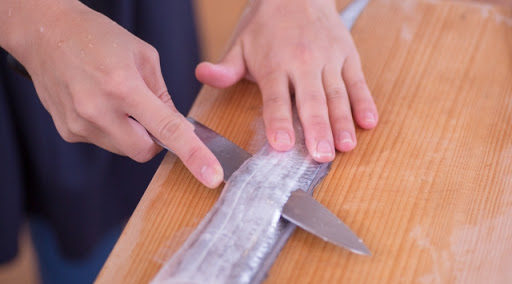
4. Cleaning uses
Citric acid contained in plum vinegar kills bacteria, mold, and mildew, it’s great for general disinfecting and cleaning.
Spread kitchen paper on the sink or other areas of concern, drop a few drops of plum vinegar over it and hang plum vinegar on it, and leave it for several hours. After that, you can rub it to remove the dirt.
Please avoid using red plum vinegar as materials may catch the dye.
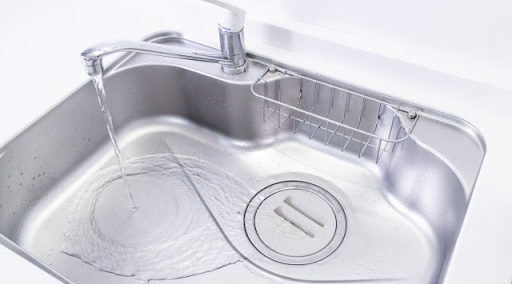
5. For making rice balls
You can use plum vinegar to hold the rice balls. Adding salt may also raise the bactericidal effect so rice balls will not turn bad easily.
Red plum vinegar has a faint perilla scent and is appetizing.
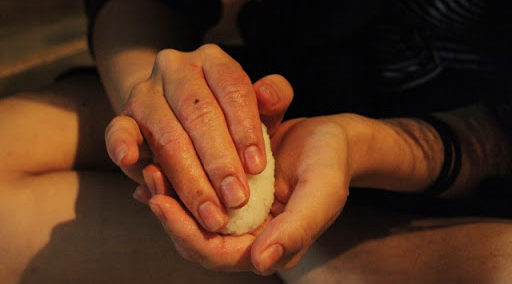
Umeboshi Vinegar Recipes
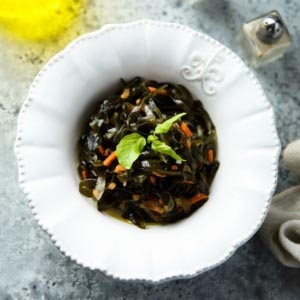
Seaweed and Onion Salad with Umeboshi Vinegar
Ingredients
- 1.5 tbsp Umeboshi vinegar
- 30 g Wakame seaweed
- 90 g Onion medium size
- 2 tbsp Ground sesame seeds
- 30 g Carrot optional
- 2 pieces Shiso leaves optional
Instructions
- Peel the skin of the onion, then slice thinly. If the onion is spicy, soak in water, then drain.
- Put the onion slices in a bowl, add 1 tablespoon ume vinegar, rub it into the onion with your hands, then let sit.
- Soak the wakame seaweed in water to remove the excess salt, then chop into bite-sized pieces.
- Squeeze out the excess water from the onion, then add 1 teaspoon ume vinegar. Add the wakame and sesame seeds. Garnish with shiso leaves.

Grilled ribs with Umeboshi Vinegar
Ingredients
- 1.5 kg Pork ribs
- 25 g Ginger thinly sliced
- 250 ml Sake
- 160 ml Soy sauce
- 120 ml Mirin
- 60 ml Umeboshi vinegar
- Spring onion for garnish (optional)
Instructions
- In a large saucepan, combine ribs and ginger over low-medium heat. Add water to simmer until ribs are tender.
- Remove ribs and set aside to cool.
- Bring sake, soy sauce, mirin and umeboshi plum vinegar to a simmer over medium heat. Add ribs, reduce heat to low and cook until sauce thickens and ribs are tender.
- Alternatively, combine all sauces and cook ribs in an oven or roaster for an hour on 250° heat.
- Garnish with spring onions and serve while hot.
Find out more recipes in these articles below:
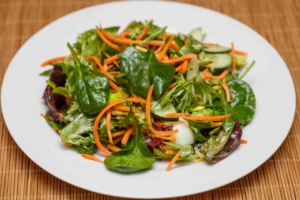
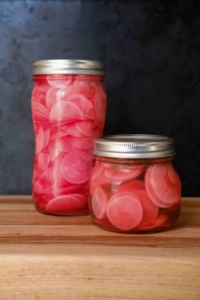
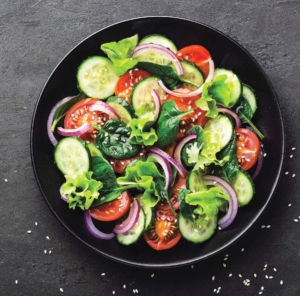
Umeboshi Vinegar Substitute
Umeboshi vinegar can be found in most Japanese grocers and select delicatessens. However, in the event that it is unavailable, substitute brown rice vinegar.
Some vegetarians and vegans may substitute umeboshi vinegar with fish sauce. The closest substitution to plum vinegar is red wine or white wine vinegar. Add salt to taste.
Umeboshi Vinegar FAQ
- What is umeboshi vinegar? What is plum vinegar?
- Ume Plum Vinegar (梅酢) is the juice extracted when making umeboshi. The ume plum is a Japanese fruit used most often as a condiment, which is referred to as umeboshi plums.
- What does ume plum vinegar taste like?
- Made from umeboshi and shiso leaves, this fruity vinegar is often found in Japanese dishes for its lovely tart, fresh flavour.
- Why is umeboshi vinegar good for you?
- Born by natural fermentation, plum vinegar is rich in organic acids such as citric acid, malic acid, polyphenol and more. It helps to prevent food poisoning, has antiviral effects, anti-inflammatory effects, antioxidant ingredients to slow down aging, prevent development of cancer, reduces LDL cholesterol level in the blood and suppress hypertension, to name a few.
- What do you use umeboshi vinegar for?
- Besides using it for your dishes, umeboshi vinegar has great anti-bacterial, disinfecting and cleaning uses due to its citric acid.
- Where to buy umeboshi vinegar?
-
In Japan, you can get umeboshi vinegar at regular supermarkets or department stores. Outside Japan, you can buy umeboshi vinegar at Japanese grocers, select delicatessens, local co-ops or health stores. Besides, it can be found in Asian grocers that carry Japanese foodstuffs. However, the most convenient way is to buy it online through online platforms.
Check our recommended products for umeboshi vinegar from Ryujin Ume, Japan.
You may want to check the ingredients as they may use red dye instead of shiso leaf. Please choose the product you want to buy carefully.
- How do you store umeboshi vinegar?
-
・ Avoid direct sunlight
・ For plum vinegar pickled with 20% of salt, it can be stored at room temperature.
・ It is safe to store commercial plum vinegar with lower salt content in the refrigerator.
・ Avoid metal and plastic storage containers as they may easily erode by the acid.
- How long can I keep plum vinegar for?
- The shelf life of umezu depends on the salt content of the pickled plums. Generally, plum vinegar has a 20% salt content. It will not turn bad even if it is stored for a long period of time. However, the color will gradually fade and the fruity flavor will become faint. Thus, it is advised to use homemade plum vinegar up as soon as possible.
- Is umeboshi vinegar a fermented food?
- Plum vinegar is different from vinegar made by fermentation such as rice vinegar and apple cider vinegar, and ume extract is exuded by the concentrated salt content. Its active ingredient is also derived from the original fruit.
Recommended Products

